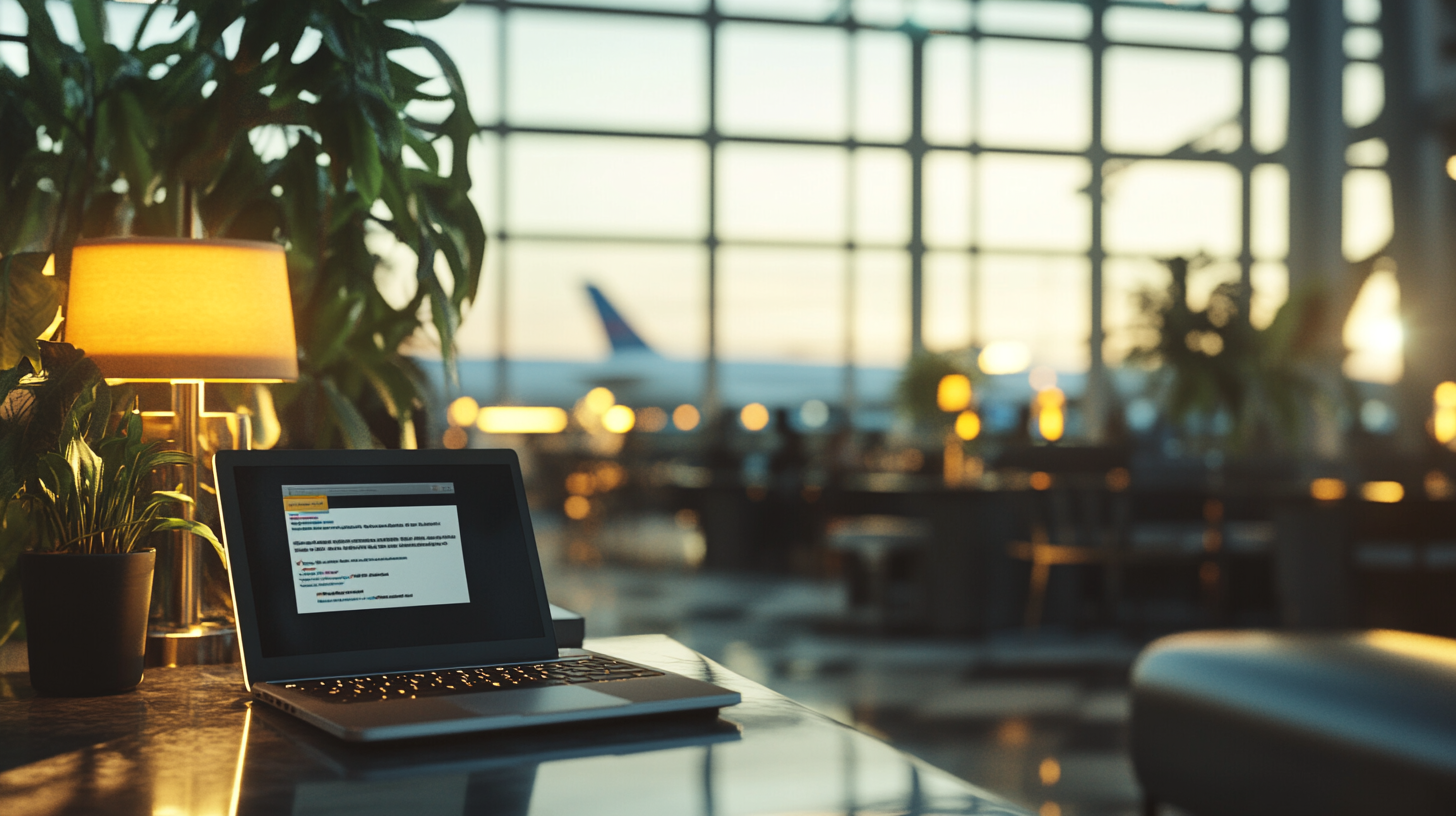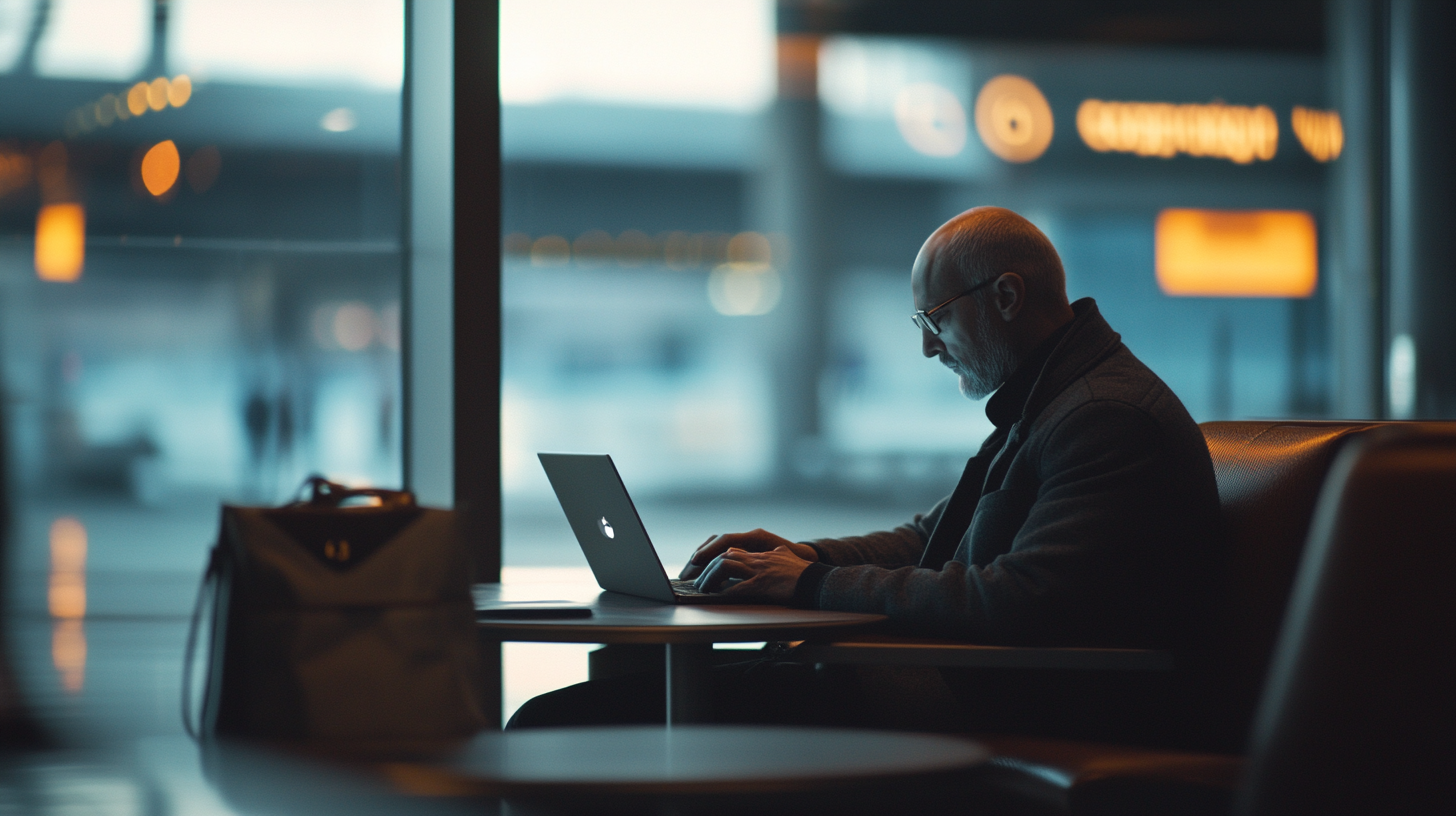Crafting the Perfect Out-of-Office Email for Frequent Flyers

I’ve often found myself weaving through airport terminals at odd hours, juggling tight deadlines in one hand and a boarding pass in the other. Amid this whirlwind, one of the simplest yet most powerful tools I rely on is a thoughtful out-of-office message. According to 2025 industry data, approximately 1.4 million U.S. business trips take to the skies each day—an astounding number that underscores just how critical these auto-replies have become for maintaining professional boundaries and clear communication.
Why an Out-of-Office Message Matters

In my own travels, I’ve noticed how even the best-planned schedule can unravel the moment a client calls with a last-minute request. That’s where the out-of-office message steps in, acting as a reliable buffer that keeps clients, colleagues, and stakeholders informed about my availability. A recent study suggests that companies with a clear communication protocol, including consistent auto-replies, experience up to a 30% reduction in email miscommunication. It might sound simple, but these messages set vital expectations about when you’ll respond and who to contact for urgent matters.
Beyond courtesy, clarity is key. Letting people know you’re cruising at 35,000 feet helps them plan accordingly—especially when deadlines loom. By specifying your return date and an alternate contact, you protect your workflow and ensure that critical tasks remain on track. In many of my consulting projects, I’ve heard from clients who appreciate knowing exactly when they can expect an answer, rather than sending multiple follow-up emails. This level of transparency shows respect for everyone’s time.
Whether you’re traveling for a conference, taking a long-haul flight overseas, or simply stepping away for a few days, an out-of-office reply is the digital equivalent of a well-placed doormat: it welcomes visitors (to your inbox) and guides them onward if you’re not there.
Essential Elements to Include

Over the years, I’ve refined my auto-reply to include essential details like my reason for being away, the specific dates I’ll be out (in DD/MM/YYYY format), and a brief note reassuring recipients that I genuinely value their message. For instance, if I’m attending a women-in-STEM summit, I’ll mention that I’m away for professional development, while still emphasizing I’ll reply as soon as possible upon my return.
Another crucial element is designating a backup contact for urgent matters. Whether that’s an assistant, a colleague, or even a department hotline, it’s important to offer a reliable avenue for time-sensitive questions. According to industry data, organizations that include a clear alternative contact in their out-of-office replies are 25% more likely to see timely resolutions on pressing issues.
Finally, clarity can’t be overstated. Avoid oversharing personal details about your itinerary or confusing filler text—concise language helps establish trust and keeps the focus on next steps. Proofreading is critical, too; I’ve seen how even a small typo can seed doubt about the reliability of your communication. A simple, polished note speaks volumes about your professionalism.
Top Templates for Frequent Flyers

I’ve experimented with a range of out-of-office templates, from short and formal to lighthearted and branded. Some travelers prefer a straight-to-the-point approach, listing departure and return dates alongside a single backup contact. Others inject a bit of their company’s personality, maybe even an on-brand pun or a nod to current events.
In 2024, I compiled a collection of 20 customizable templates, each suited to specific scenarios—like family emergencies, training sessions, or extended conferences. Amazingly, feedback from colleagues revealed that these templates helped reduce email clutter by nearly 40%. What truly matters is including a clear greeting, the time frame you’ll be away, and an alternate contact to handle urgent needs. Whether brief or playful, every template should end with a professional sign-off that aligns with your personal or organizational brand.
As you tailor these templates, remember they do more than loop people into your travel plans; they subtly highlight your commitment to structured communication. I’ve found that a concise mention of when I plan to dive back into my inbox reassures everyone that a well-oiled system is in place while I’m roaming the skies.
Final Touches for a Seamless Return

Once your auto-reply has been perfected, take a moment to verify the details before takeoff. Small checks—like confirming your backup contact is on standby and verifying that your away dates match your itinerary—can save you from frantic mid-flight emails. If something changes, simply update the text in your auto-reply to keep everything consistent.
The real magic happens once you land. I always advise myself (and others) to spend the first hour after returning tackling urgent emails flagged in your auto-reply. This immediate follow-up establishes trust and clarity; people see firsthand that you stay true to your word. In my case, I like to prioritize any concerns that might have popped up during my flight, ensuring nothing important slips through the cracks.
Staying organized with a clear out-of-office plan benefits you and your contacts. I’ve noticed that it helps me ease back into work without feeling overwhelmed or out of the loop, which is especially crucial if you’ve been bouncing between time zones. Once you’re back on the ground, you can land softly—both literally and figuratively—by promptly focusing on pending demands.
Final Thoughts

Crafting a stellar out-of-office message is about more than telling people you’re unavailable. It’s about projecting courtesy, efficiency, and forethought in every interaction, even when you’re off the grid. The more you practice fine-tuning these details, the easier it becomes to strike the right balance between being professional and remaining authentic.
And as the global travel community continues to grow—recent projections claim international business travel might increase by up to 6% in 2026—your auto-reply will remain a pivotal tool. After all, being away shouldn’t mean leaving others in the dark. A carefully considered message not only simplifies communication but also reflects how much you value the people who rely on your insights and expertise.
Amelia Yeaher’s Take
From my perspective, an out-of-office message is like a well-engineered airfoil: it might seem minor, but it has a significant impact on how smoothly your professional journey unfolds. Committing to a clear, concise auto-reply is a small step with major benefits—one that guarantees everyone touches down on the same page.
In the hustle of modern-day travel, I’ve found that these messages let me stay fully present in my meet-and-greets, STEM conferences, or research gatherings, all while ensuring my contacts aren’t left guessing whether I’ll respond to that urgent email. It’s a personal tradition I’ve refined over the years, and it’s made a world of difference in my life on the move.






